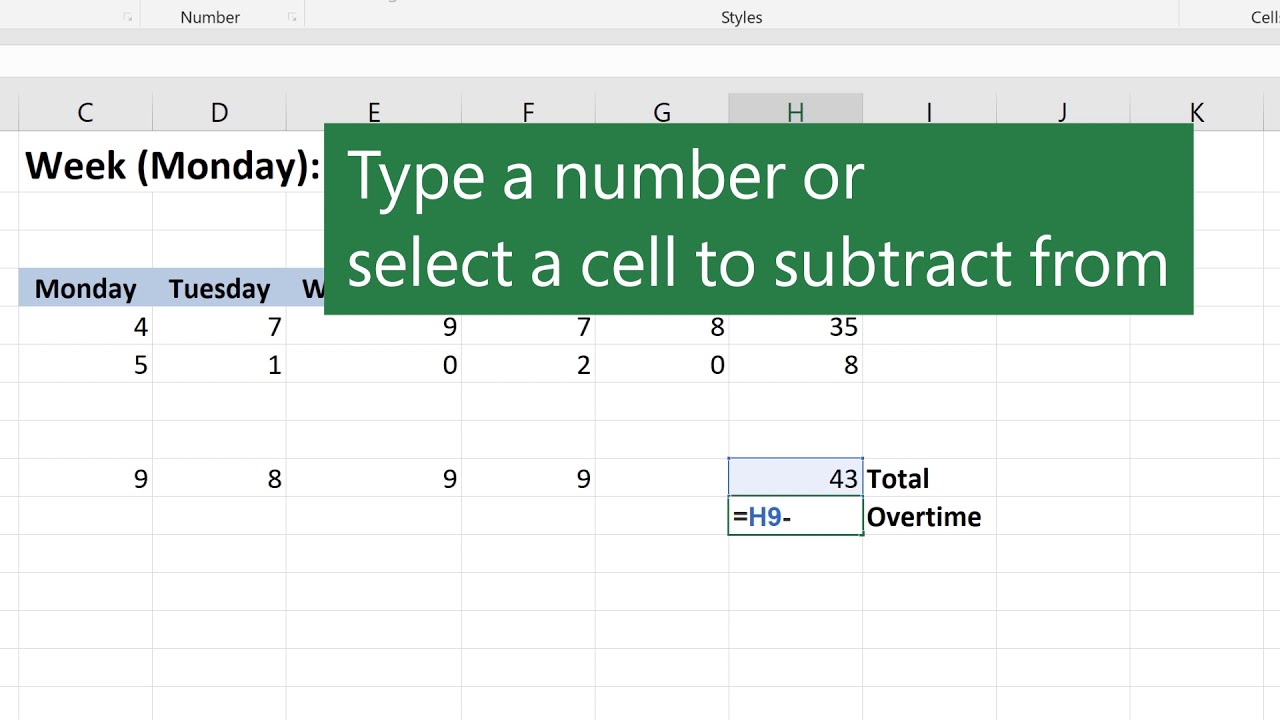Essential Guide to Grow Chives for a Thriving Kitchen in 2025

Essential Guide to Grow Chives for a Thriving Kitchen in 2025
Chives are more than just a garnish; they are a vibrant and flavorful herb that can elevate a variety of dishes. Growing chives in your kitchen garden can provide not only a continuous supply of fresh herbs but also numerous health benefits. This essential guide will walk you through everything you need to know about how to grow chives, from planting and care to harvesting and culinary uses.
Understanding the needs of chives will help you optimize their growth, whether you're growing chives indoors or in your outdoor garden. Throughout this article, we will discuss the best soil conditions, watering tips, and the ideal sunlight requirements to thrive. You'll discover how to harvest chives effectively and incorporate them into your cooking, making your culinary endeavors even more exciting.
By the end of this guide, you'll have all the knowledge you need to successfully cultivate chives, ensuring that your kitchen is well-stocked with this delicious herb. Let's dive right in!
Choosing the Right Environment for Growing Chives
Building on the fundamentals of chive cultivation, the first step to successful growth is to create the right environment for these hardy herbs. Chives prefer moderate temperatures and can thrive both in the ground and in containers. They are easy to grow indoors, making them ideal for kitchen gardens. When considering where to plant chives, it’s best to focus on the following factors:
Chives Sunlight Requirements
Chives flourish in full sunlight but can also tolerate partial shade. Ideally, they need around six hours of sunlight daily to ensure optimal growth. If planting indoors, place your pots near a sunny window. For outdoor growth, select a spot that receives ample sunlight, especially during the growing season.
Best Soil for Chives
Chives thrive in well-draining soil rich in organic matter. The ideal soil pH for chives should be between 6.0 and 7.0. Incorporating compost or well-rotted manure can improve soil nutrients and drainage, creating an ideal growth environment. Container gardening is especially beneficial for managing soil quality.
Watering Chives Properly
Watering is critical for chive health. Chives require consistent moisture, but be cautious not to overwater, as soggy soil can lead to root rot. Keeping the soil evenly moist is key, especially during dry spells. During the summer months, you may need to water more frequently, while in winter, water less often for chives maintenance.
Chives Planting Tips for Success
With the right conditions established, it’s time to consider the actual planting process. Planting chives can be done through seeds or divisions, and understanding the best practices can enhance your success.
Starting Chives from Seed
When starting chives from seed, plant them indoors around 8-10 weeks before the last frost date. It’s essential to space the seeds about 1 inch apart and cover them lightly with soil. This method allows for early growth and provides transplants that are ready to move outdoors in spring.
Chives Spacing in the Garden
When planting chives directly in the garden, ensure adequate spacing to allow for their growth. Rows should be about 12 inches apart, and plants should be spaced about 10-12 inches apart. This spacing will help prevent overcrowding and promote healthy air circulation.
Companion Planting with Chives
Chives are excellent companion plants, often deterring pests such as aphids and carrot flies. Planting chives alongside carrots, tomatoes, or roses can promote growth and discourage common pests. Their distinct flavor can also enhance the taste of nearby plants.
Essential Chive Plant Care and Maintenance
Once your chives are planted, ongoing care is crucial for robust growth. Regular maintenance ensures healthy plants and a bountiful harvest.
Chives Fertilizer Recommendations
Using a balanced fertilizer can significantly enhance chive growth. Incorporate organic fertilizers in early spring and again after the first harvest. Fish emulsion or compost tea can provide the necessary nutrients without chemical additives. Fertilization is especially important if the plant shows slow growth or pallid leaves.
Pruning Techniques for Chives
Pruning is necessary to encourage healthy growth. Regularly snip off flower buds to ensure that the plant's energy focuses on leaf growth rather than flowering. Additionally, cutting down any brown or wilted leaves keeps the plant tidy. This maintenance will promote a vibrant herb for your kitchen.
Common Pests and Diseases of Chives
Chives can be susceptible to pests like onion flies and aphids. Regularly inspecting plants and introducing beneficial insects such as ladybugs can help manage common chives issues. Furthermore, ensure good air circulation around the plants to prevent fungal diseases, often exacerbated by damp conditions.

Harvesting and Using Chives in Cooking
Harvesting chives at the right time enhances their flavor and encourages new growth. Knowing when and how to harvest is essential for maintaining a vibrant kitchen garden.
When to Harvest Chives
Chives can be harvested as soon as they reach about 6 inches tall. The best practice is to snip off the leaves, leaving about 1 inch at the base. Regular harvesting will promote further growth and ensures fresh chives are always at hand.
Chives Culinary Uses
Chives are incredibly versatile in the kitchen. Their delicate, onion-like flavor pairs well with various dishes, including salads, soups, and even baked goods. Consider using chives in recipes such as chive butter or chive oil for a gourmet touch. Their flavor profile helps elevate everyday meals, adding freshness and a hint of sophistication.
Health Benefits of Chives
Rich in vitamins A and C, chives provide multiple health benefits, including boosting the immune system and supporting overall wellness. Incorporating fresh chives into your diet enhances nutritional intake while adding a delightful flavor. The benefits of growing chives extend beyond taste, contributing positively to overall health.
Troubleshooting Common Chives Growth Issues
Despite your best efforts, chives can encounter various challenges. Understanding common problems and their solutions is vital for successful growth.
Common Growing Mistakes with Chives
One key mistake is overwatering, which can lead to root rot. Ensure that plants are in well-draining soil to avoid this issue. Additionally, neglecting pest management can result in significant damage. Stay vigilant about regularly checking for pests.
Dealing with Pest Problems
Utilizing natural pest control methods can maintain a healthy chive plant. Introduce beneficial insects or consider using neem oil for mild infestations. Implementing sustainable gardening practices ensures environmental benefits while managing pest issues effectively.
Understanding Chives Growth Needs
Chives require specific conditions to thrive, including adequate light, water, and nutrients. Understanding these factors will decrease the likelihood of encountering problems. Adjust your care approach based on the plant's response to environmental conditions.

Conclusion and Final Thoughts on Growing Chives
Chives are a delightful and easy-to-grow herb that can enhance your culinary experiences. With their numerous health benefits, incorporating them into your kitchen is both rewarding and beneficial. By following the guidelines on planting, care, and harvesting, you'll ensure a thriving chives garden.
Whether you’re a seasoned gardener or just starting out, this essential guide equips you with the knowledge to successfully grow chives in 2025 and beyond. Enjoy the process, explore creative culinary uses, and embrace the benefits of this fantastic herb!